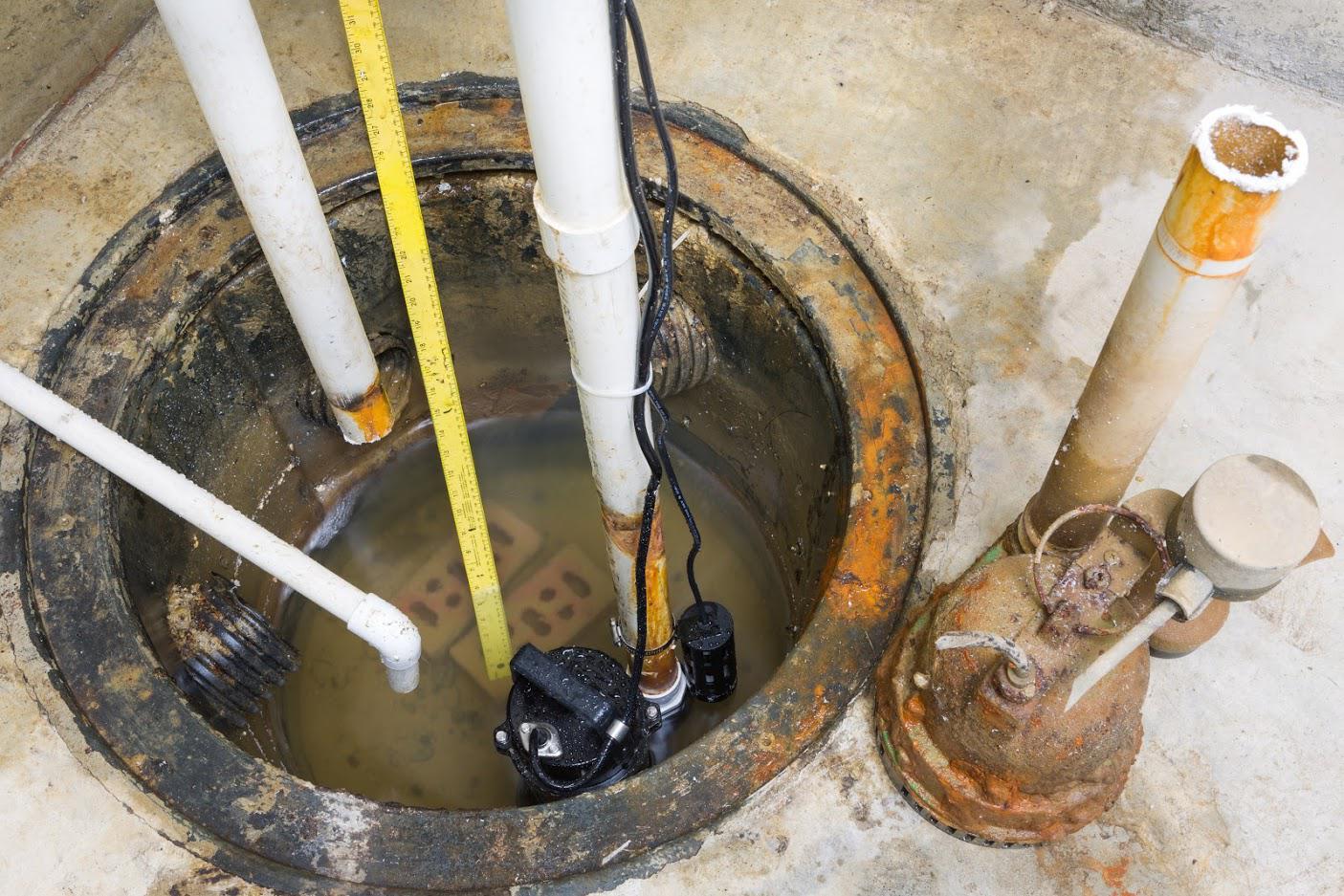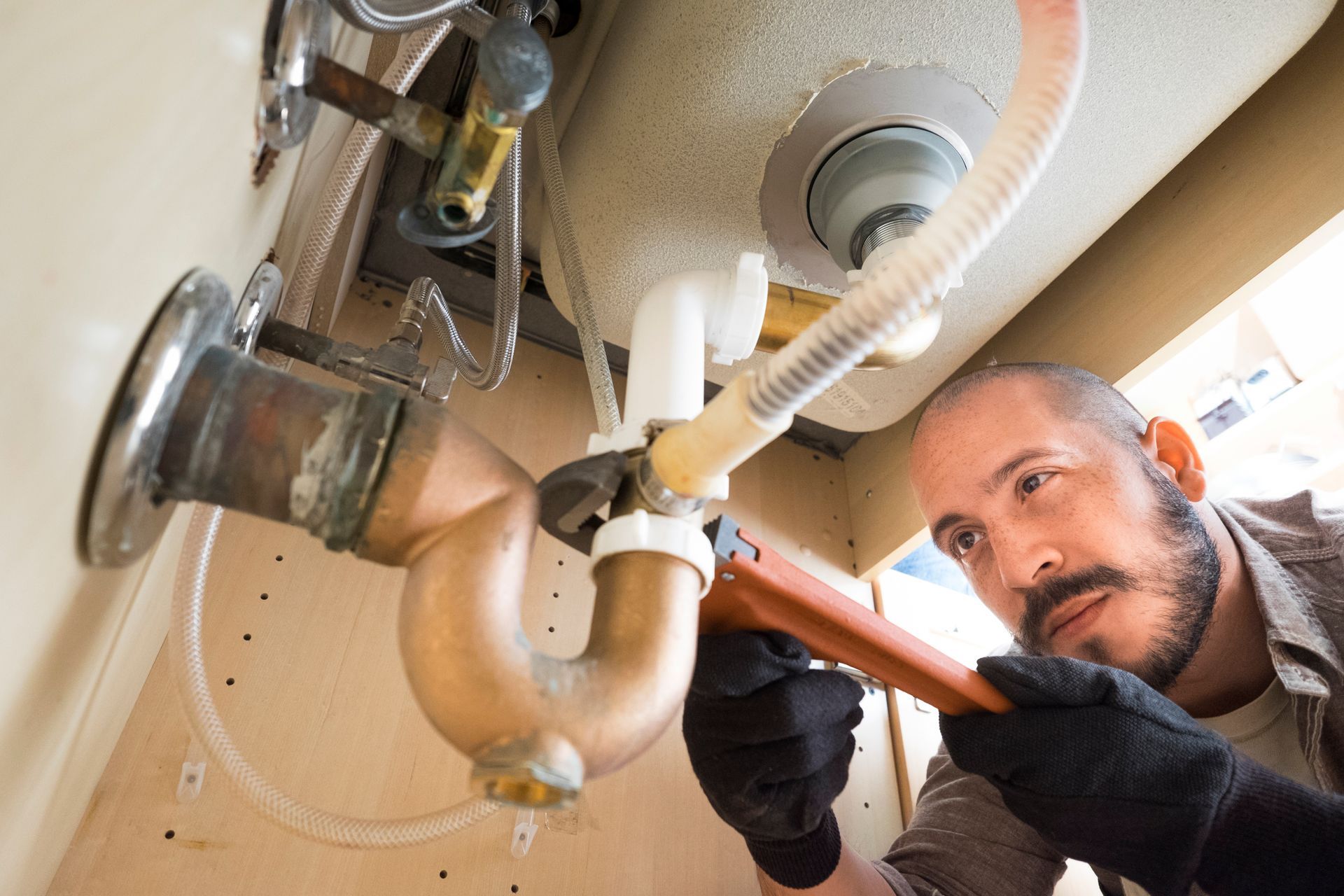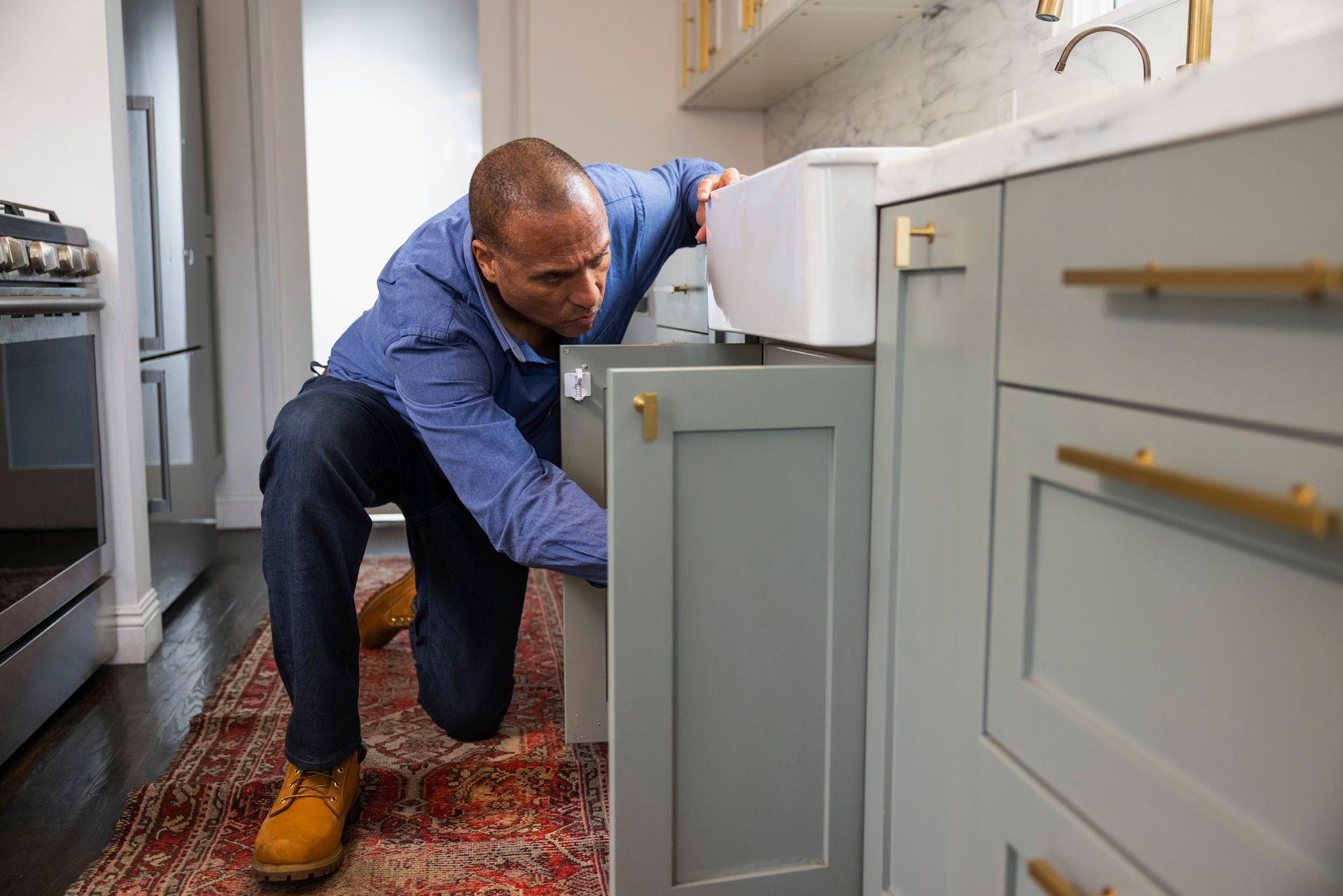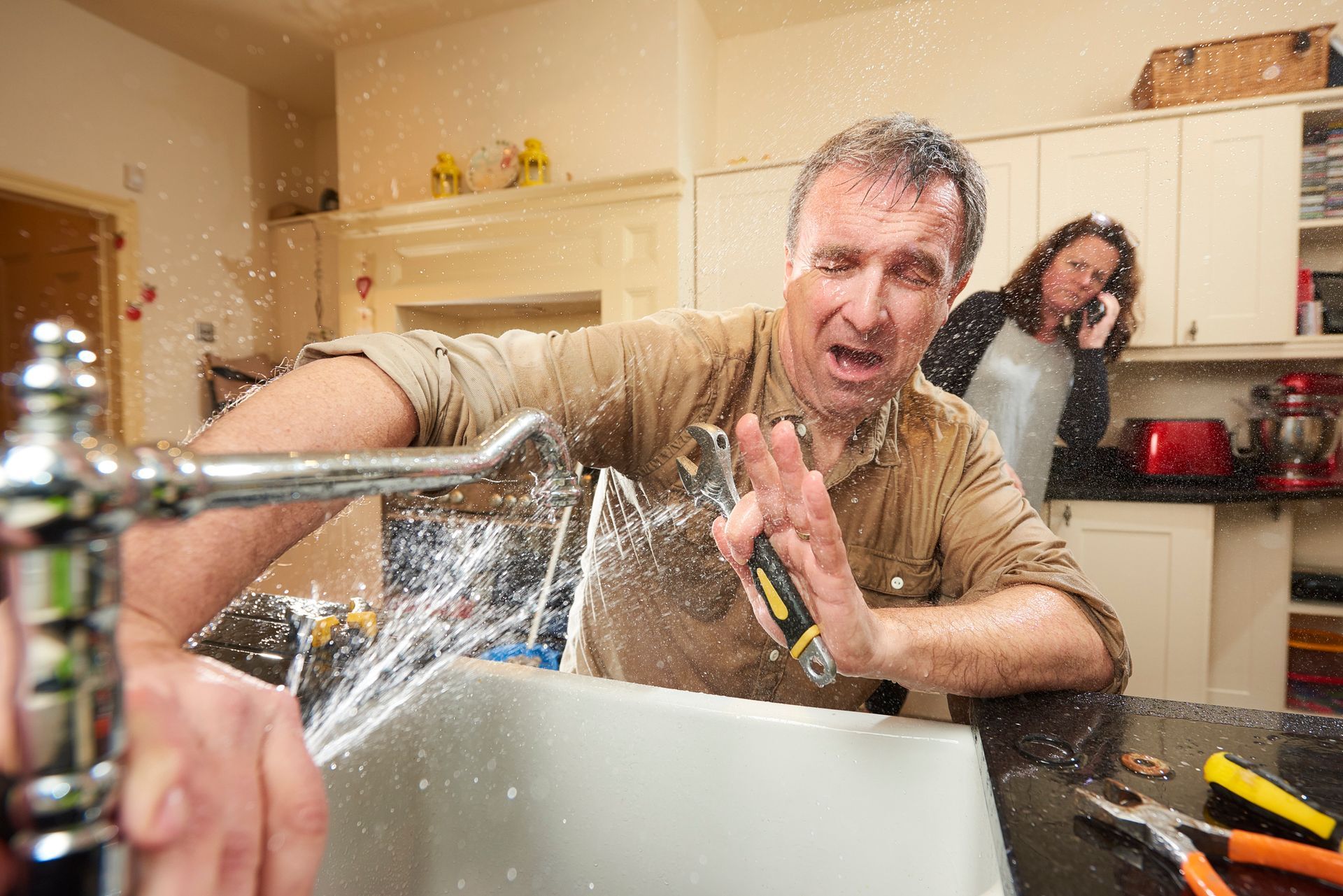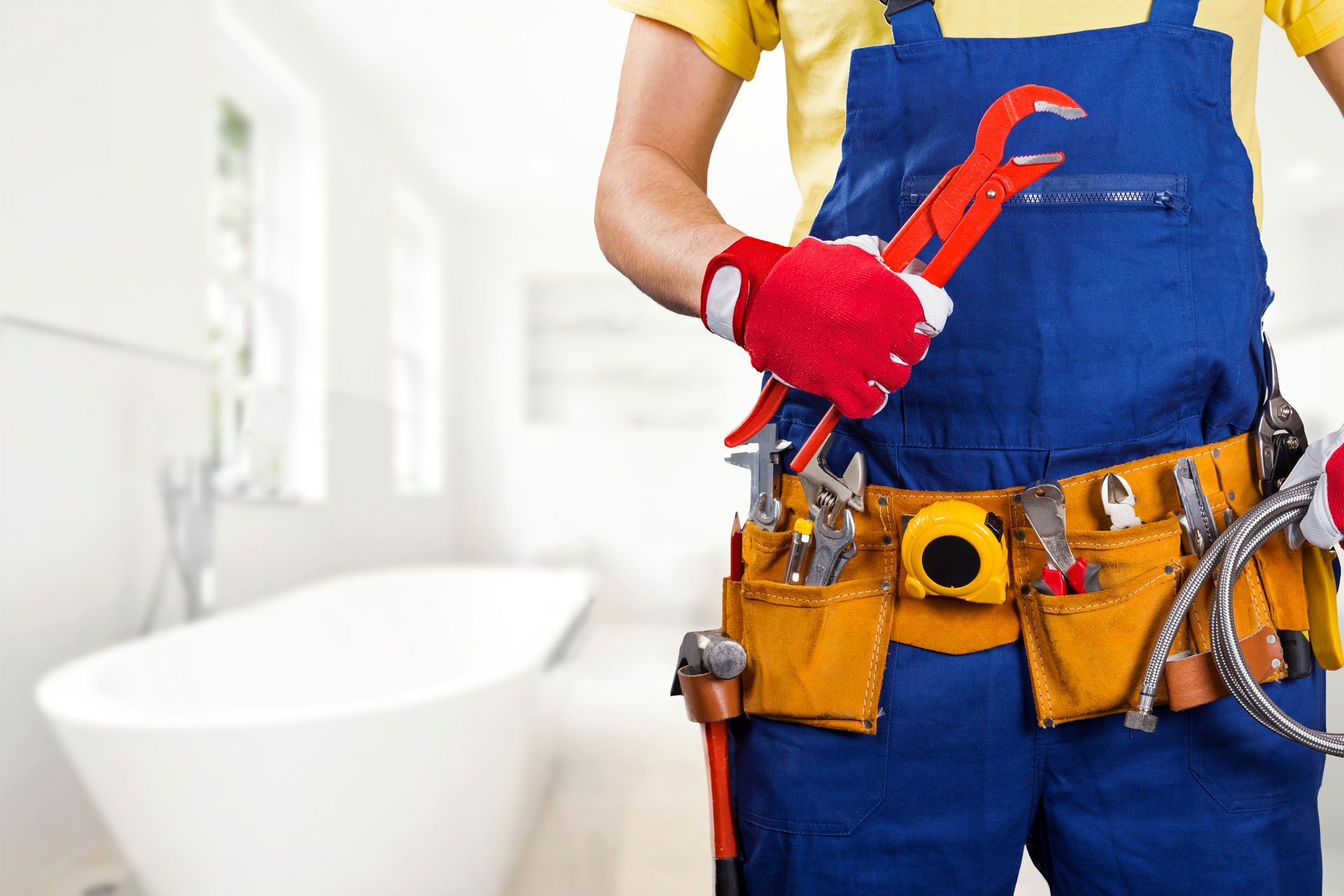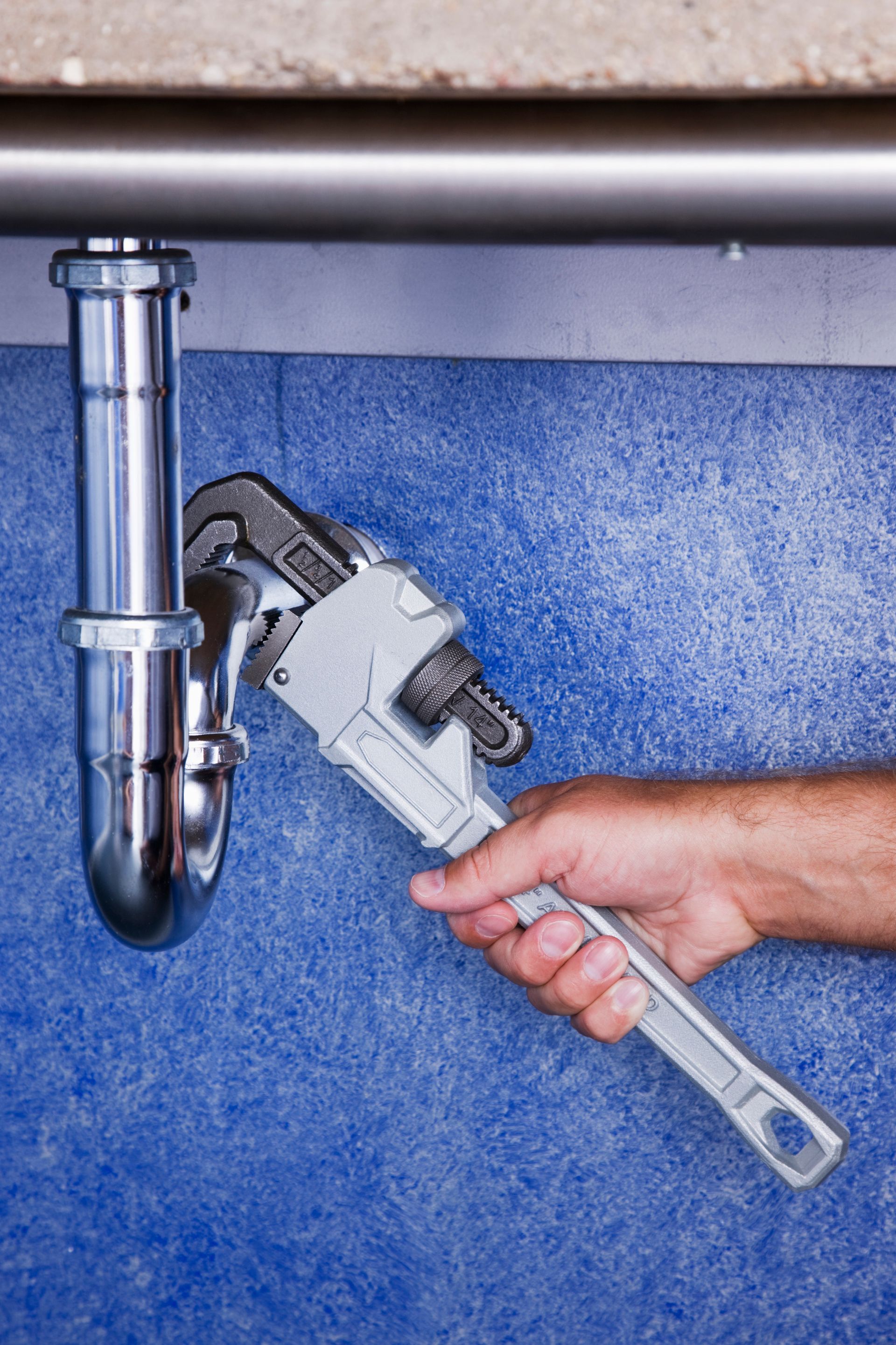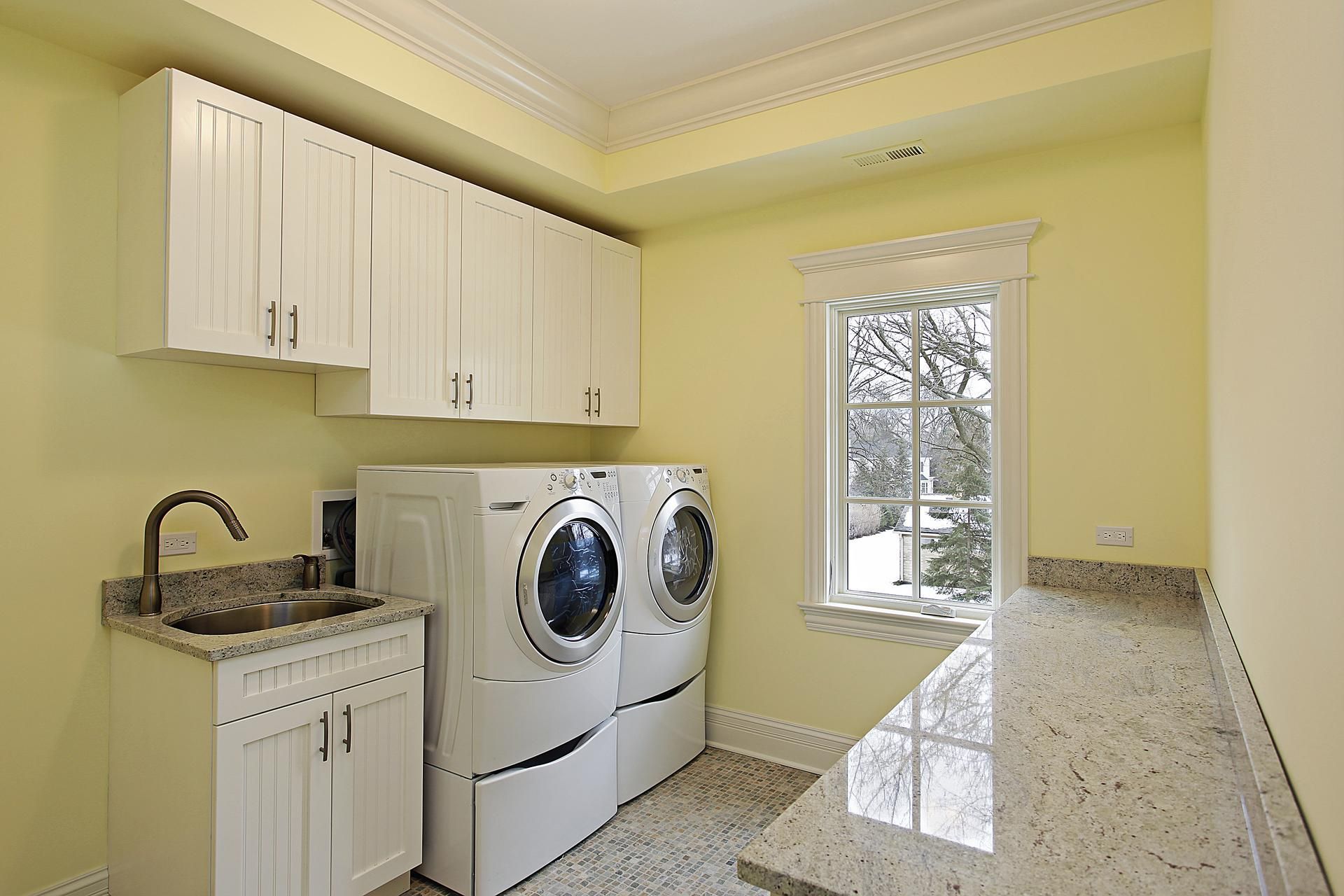Blog
Sump Pump in Your Basement: Best Tips for Homeowners
A sump pump can work wonders for homeowners who have problems with water in their basement. To get the most out of your sump pump and avoid any problems, however, you need to operate and maintain the unit properly. Here is a look at some of the best tips for homeowners who have these helpful devices in their basements.
Cleaning the Pump
Most sumps pumps have a filter called an inlet screen that prevents dirt and debris from getting into the device. If debris gets into the pump, the components could be damaged, and the pump will not operate effectively. The Sump and Sewage Pump Manufacturers Association advises homeowners to clean the inlet screen every three or four months.
If your sump pump is hooked up to dispose of the discharge from a washing machine, then you need to check the inlet opening for dirt or debris even more frequently. Before taking a sump pump out of the sump, which is the hole or pit in which it sits, make certain that you unplug the unit from any and all electrical outlets.
When you take the pump out of the sump for cleaning, remove any debris that has fallen into the pit. Also, take a rag and wipe off any dirt or grime from the pump's exterior.
Check the Discharge Pipe and Drainage System
The discharge pipe drains water from the pump to the outside of your home, and you should make sure it stays clean and clear. To avoid any issues with water collecting around your home's foundation, make certain that the discharge pipe empties at least 20 feet away from the house. Also, do not let any water drain onto a neighbor's property.
Some homeowners are tempted to let the discharge pipe empty into the sewer drain, but most municipalities have ordinances that prohibit water from sump pumps getting into municipal sewer lines. Municipal sewer lines can back up if they are overwhelmed by water that is pumped out of the basement after heavy rain.
Also, if you have a septic tank, experts recommend that you do not drain the water from the pump into your septic system.
A great way to avoid any drainage issues is to install a dry well on your property. A dry well is a system that uses a container buried underground to collect the sump pump discharge and slowly release it into the soil. The container has small perforations, which ensures that an excessive amount of water does not enter the soil too rapidly.
Test the Sump Pump
To make certain that your pump is operating as it should, test it every few months. Unplug all electrical cords from the pump and pour water into the pit. Plug the cords back into the outlet. When the water reaches about 8 to 12 inches below the top of the pit, the unit should begin pumping water out of the basement.
Look at the Battery
Most sump pumps use electricity as a power source, but storms and other issues can lead to outages, causing the pump to cease operation. To prevent a power outage from affecting your pump, have a battery backup installed to ensure that the pump continues to operate at all times. If you have a battery installed, make sure to check it to ensure it’s ready to kick on at a moment’s notice.
A sump pump in your home is one of the best ways to deal with the issue of water in the basement. Even if you follow all the tips and recommendations listed above, however, your pump may still need the attention of a professional, such as the experienced service technicians at Complete Plumbing.
We can install a sump pump for you or make any necessary repairs to one that you already have in your home. Contact us to learn more.
Installation
Services
and Military Discount



